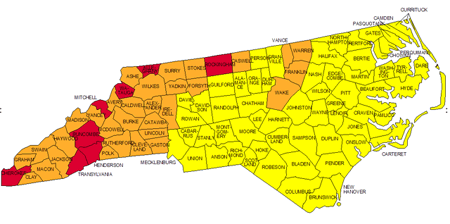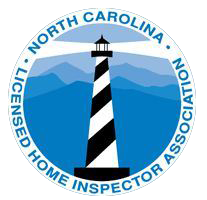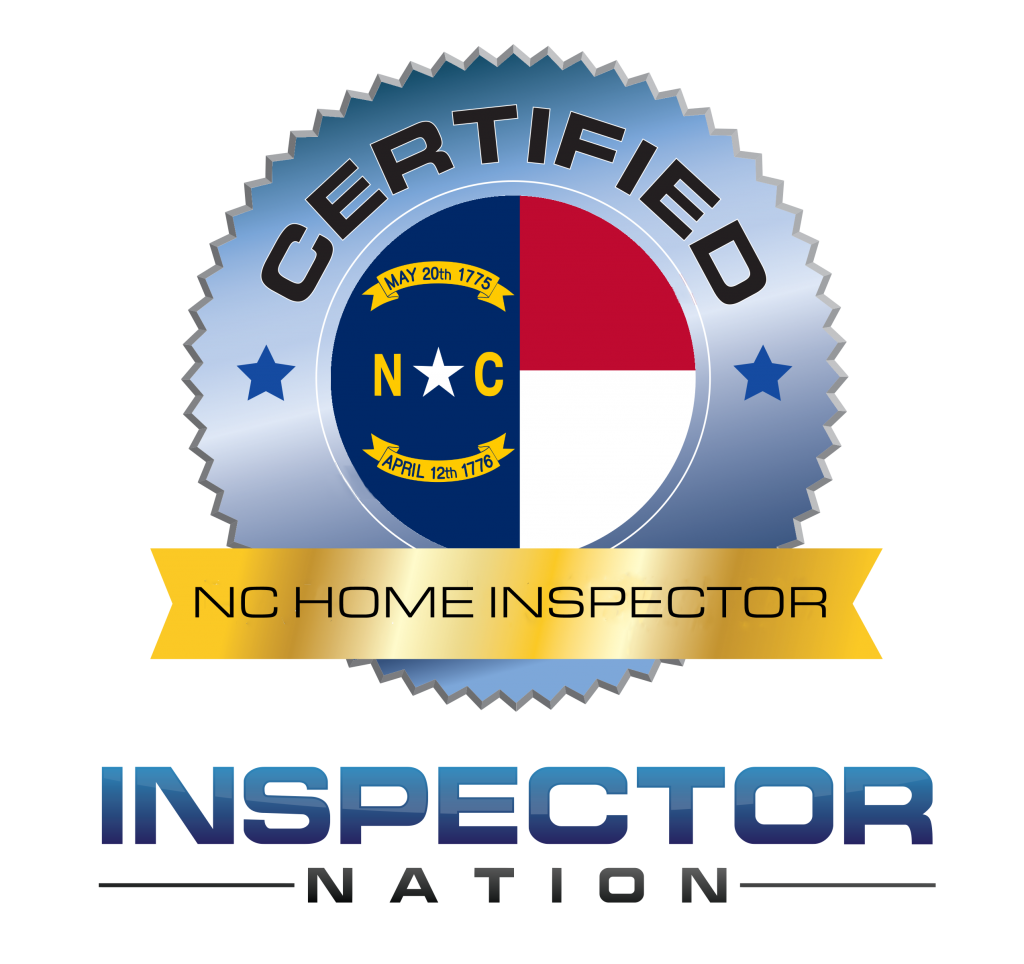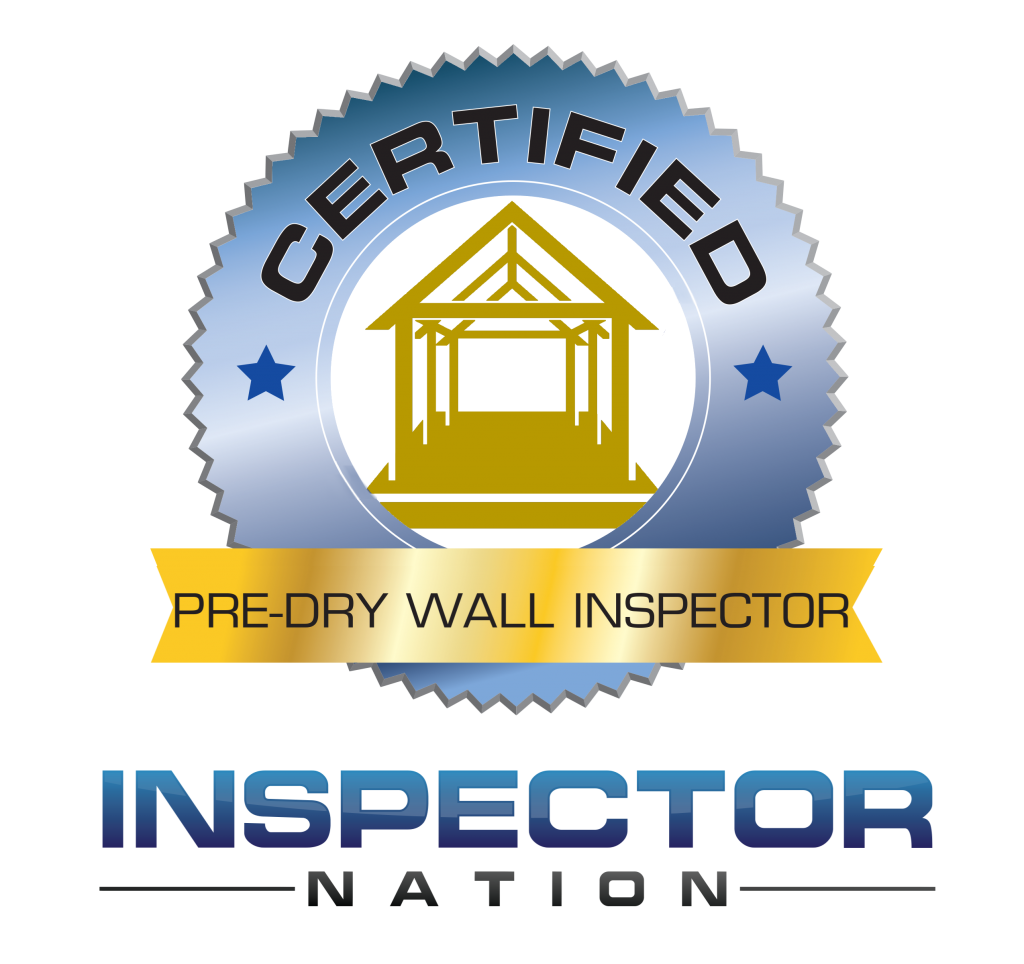Sure Sight Home Inspection is pleased to offer radon testing as an add-on to your home inspection or as a stand-alone service. We use an electronic continuous radon monitor that offers precision results without waiting for laboratory analysis. To conduct the test, we place the radon monitor in the house for 48 hours, instructing the homeowner to leave the test in place and to keep windows and doors shut. Nervous home buyers can rest assured that their test is tamper-proof, as our monitor has a motion detector that will sense if the monitor has been moved.
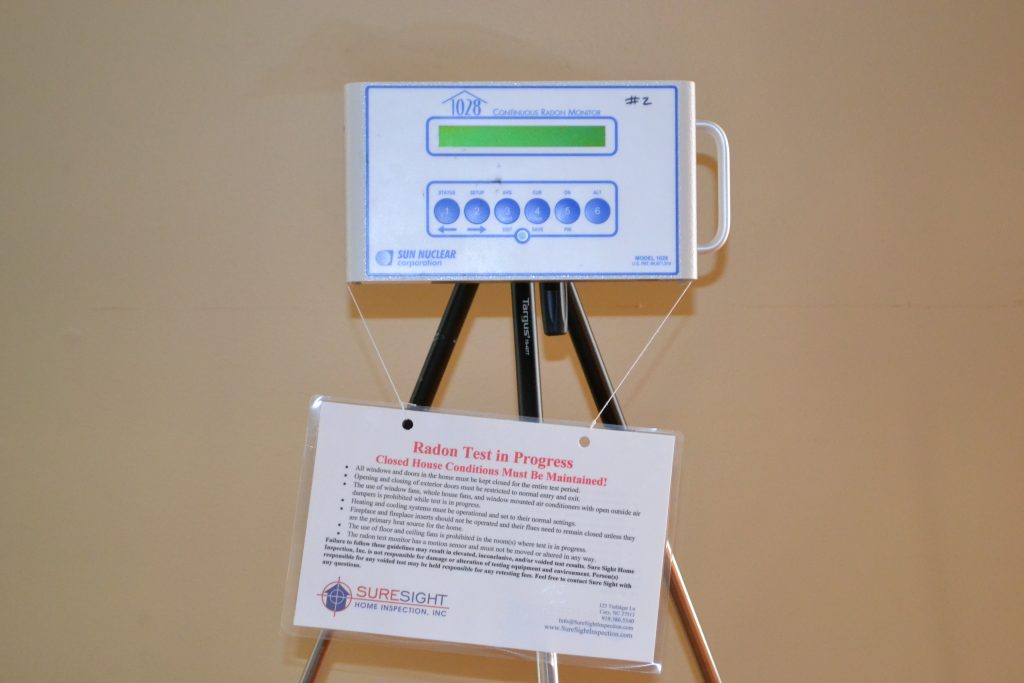
What is radon?
Radon is a naturally occurring radioactive gas released in rock, soil and water that can build up to dangerous levels inside any home—new and old homes, well sealed and drafty homes, and homes with or without a basement. Produced by the decay of naturally occurring uranium in soil and water, radon is an odorless, tasteless, invisible gas that is a proven carcinogen. Exposure to radon is the second leading cause of lung cancer after smoking, and the Environmental Protection Agency (EPA) estimates that about 21,000 lung cancer deaths each year in the U.S. are radon-related. The only way to detect radon in your home is through radon testing.
Radon is measured in picocuries per liter of air (pCi/L), a measurement of radioactivity. In the United States, the average indoor radon level is about 1.3 pCi/L. The average outdoor level is about 0.4 pCi/L. The U.S. Surgeon General and EPA recommend fixing homes with radon levels at or above 4 pCi/L. EPA also recommends that people think about fixing their homes for radon levels between 2 pCi/L and 4 pCi/L.
For a complete guide to radon testing during a real estate transaction, please review the EPA’s Home Buyer’s and Seller’s Guide to Radon.
Is radon prevalent in the Triangle?
Homes with high levels of radon have been found in every state. In fact, radon levels can vary greatly from home to home—even levels in the house next door can be very different. Thus, every house should be tested for radon.
The EPA maintains maps of states that illustrate the prevalence of radon, including North Carolina. The red areas indicate the highest prevalence of high radon levels, while the yellow indicates the lowest prevalence of high radon levels. It is important to remember that these are averages, and every home should be tested for radon. Sure Sight Home Inspection has found radon in many different areas of the Triangle, and has even found that houses in the same cul-de-sac can have dramatically different levels of radon.
